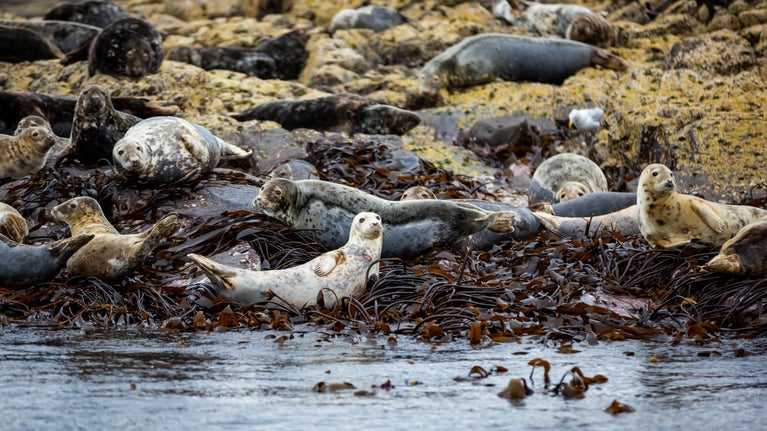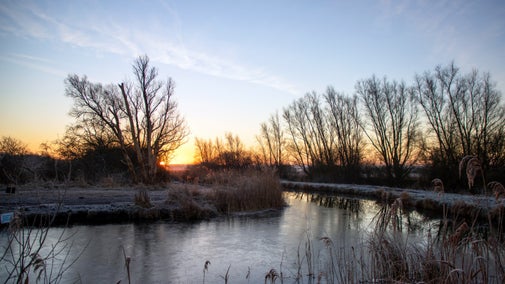What are we doing in Cornwall?
Ranger teams across Cornwall will be sowing 50 hectares of new grassland in 2023, 50 hectares in 2024 and 150 hectares in 2025.
The seed has been collected from healthy, already species-rich ‘donor’ meadows across the county, including through partnerships with Natural England, Cornwall Council, Meadow Match, private landowners and the National Wildflower Centre. Over the three years we will harvest, dry, store and sow around 5 tonnes of seed. If we had to buy this seed in, it would cost anywhere from £350,000 to £1 million.
Most of the sites set to benefit from the new grassland are coastal, with a small handful, such as Lanhydrock, further inland. Other locations include Pentire (near Polzeath), Botallack, Gunwalloe and the Roseland as well as many others.
Alongside the benefits for nature and wildlife including threatened coastal wildlife, such as solitary bees, skylarks, swifts and common lizards, the project will create accessible, beautiful, nature-rich places for everyone to enjoy.
All of this work contributes to the National Trust’s aim to create 25,000 hectares of priority habitat on the land in our care by 2025.









